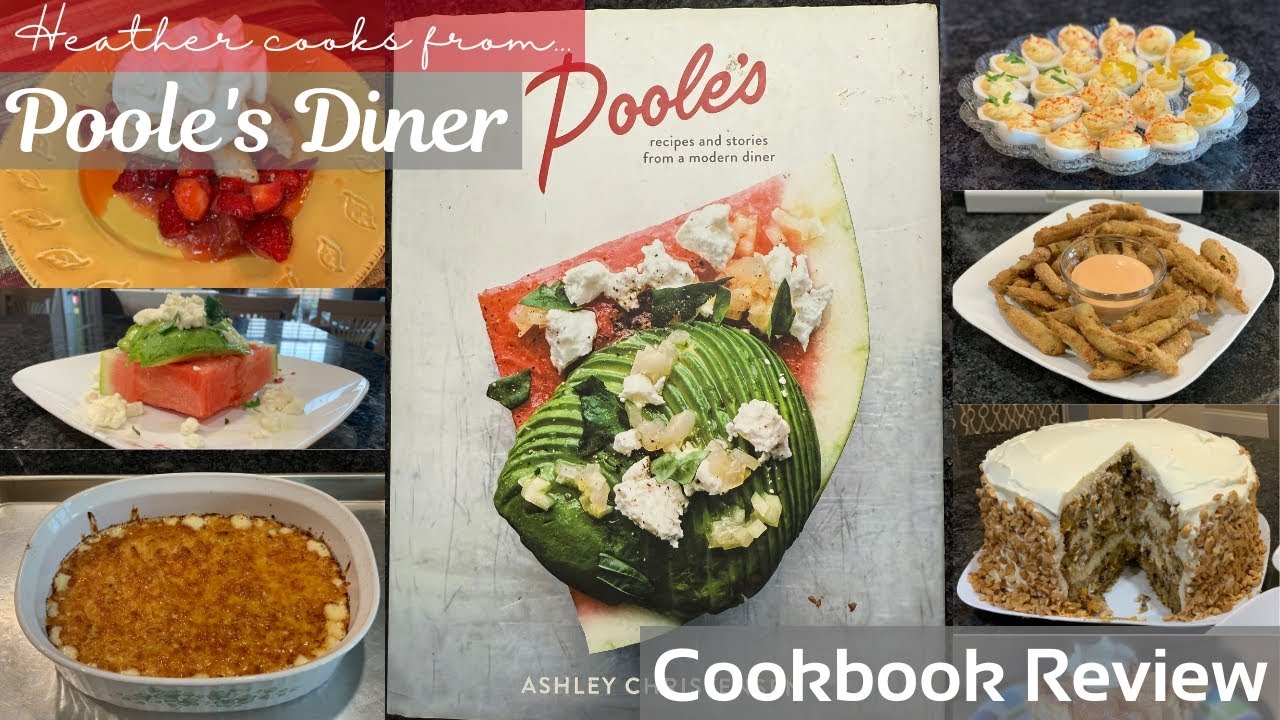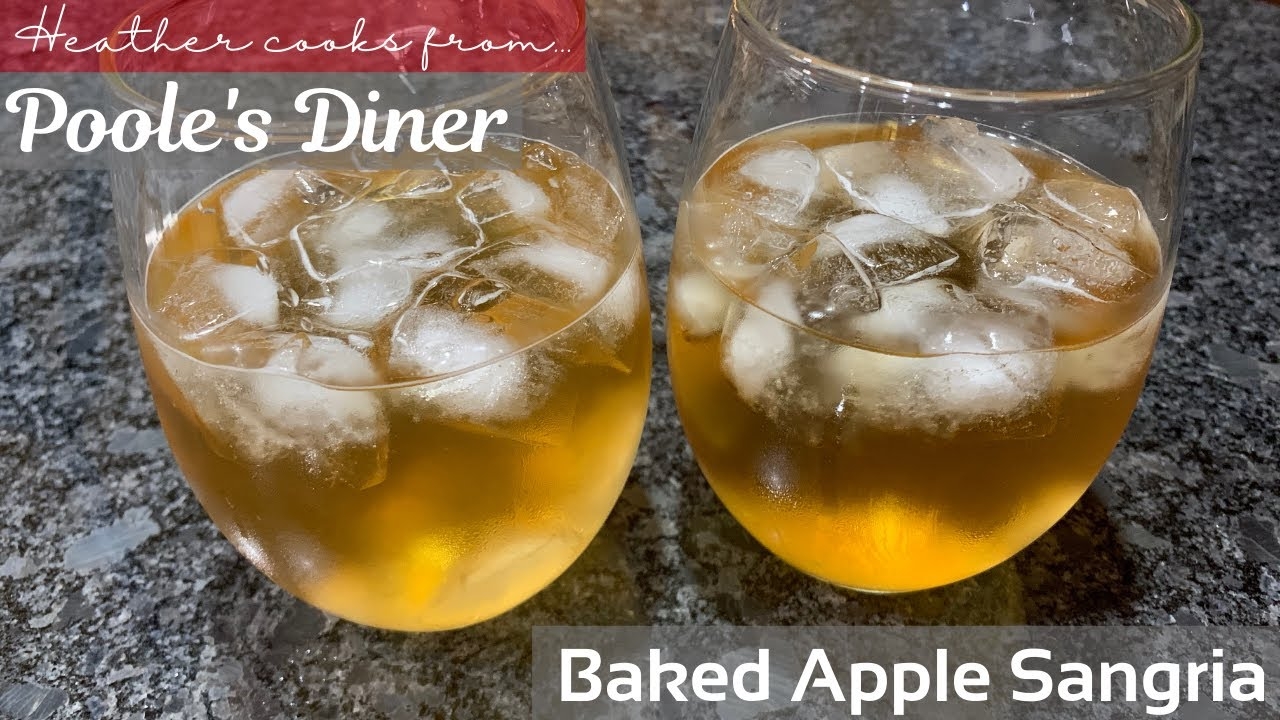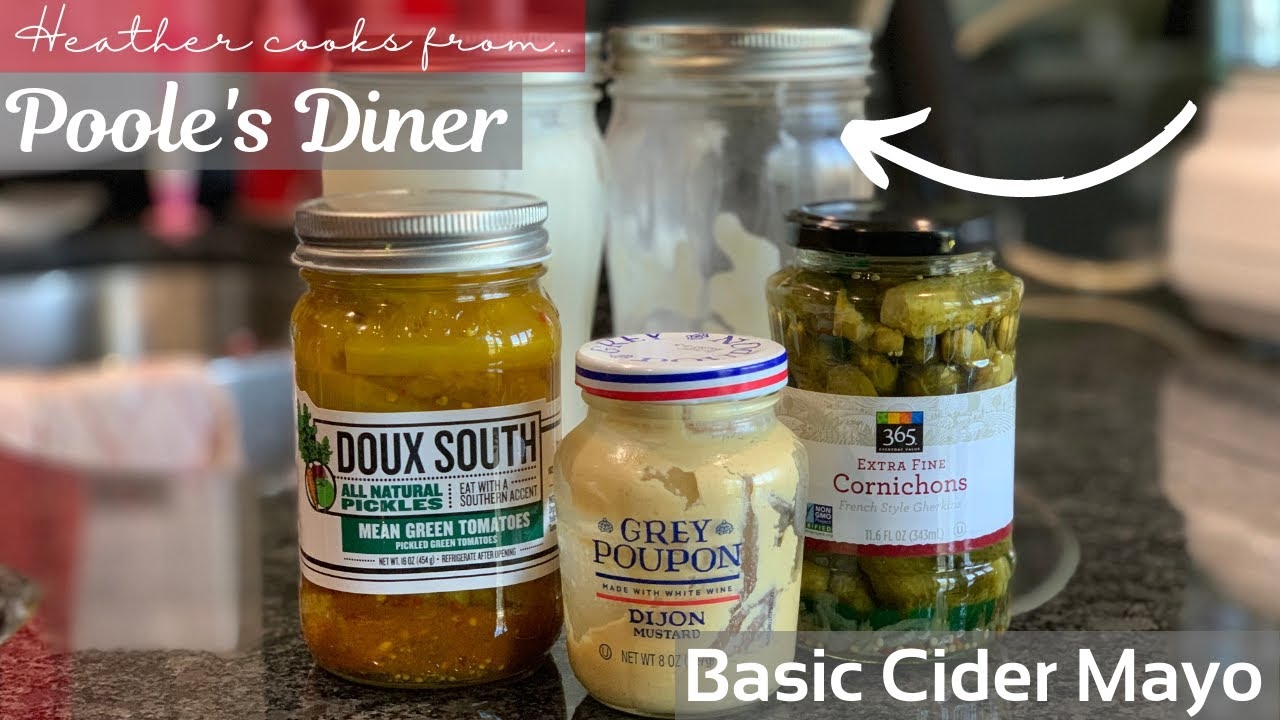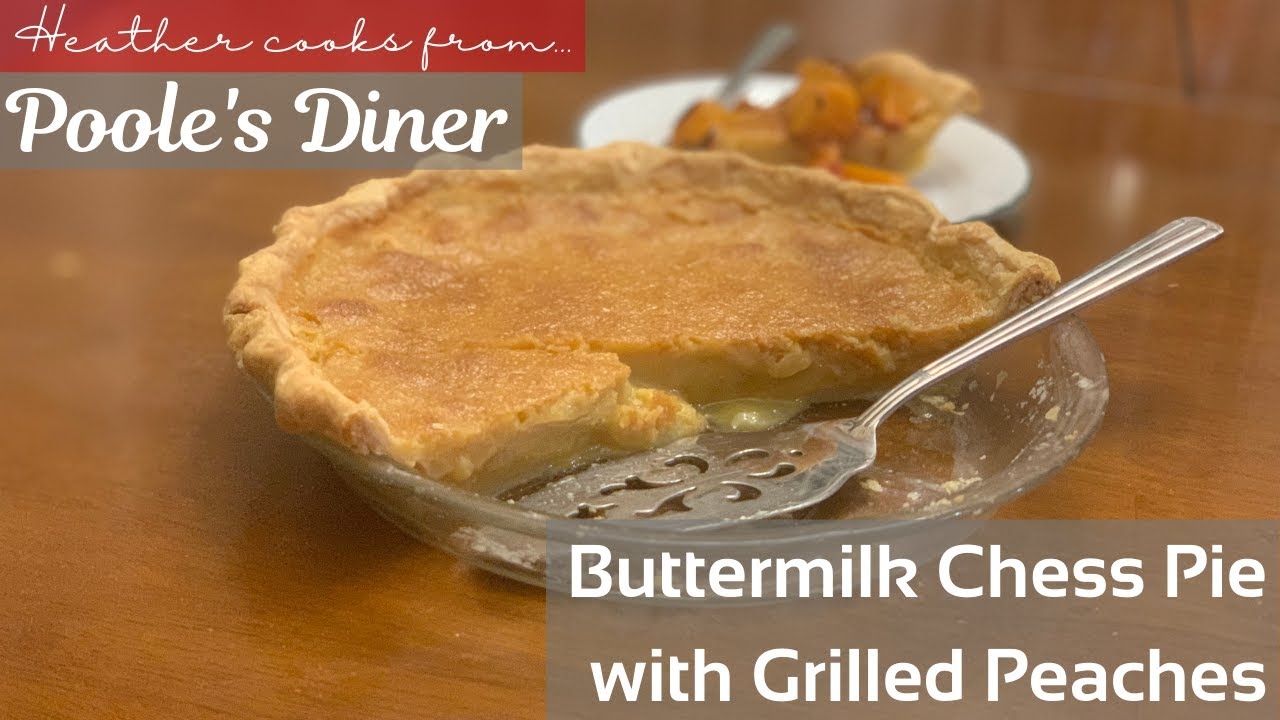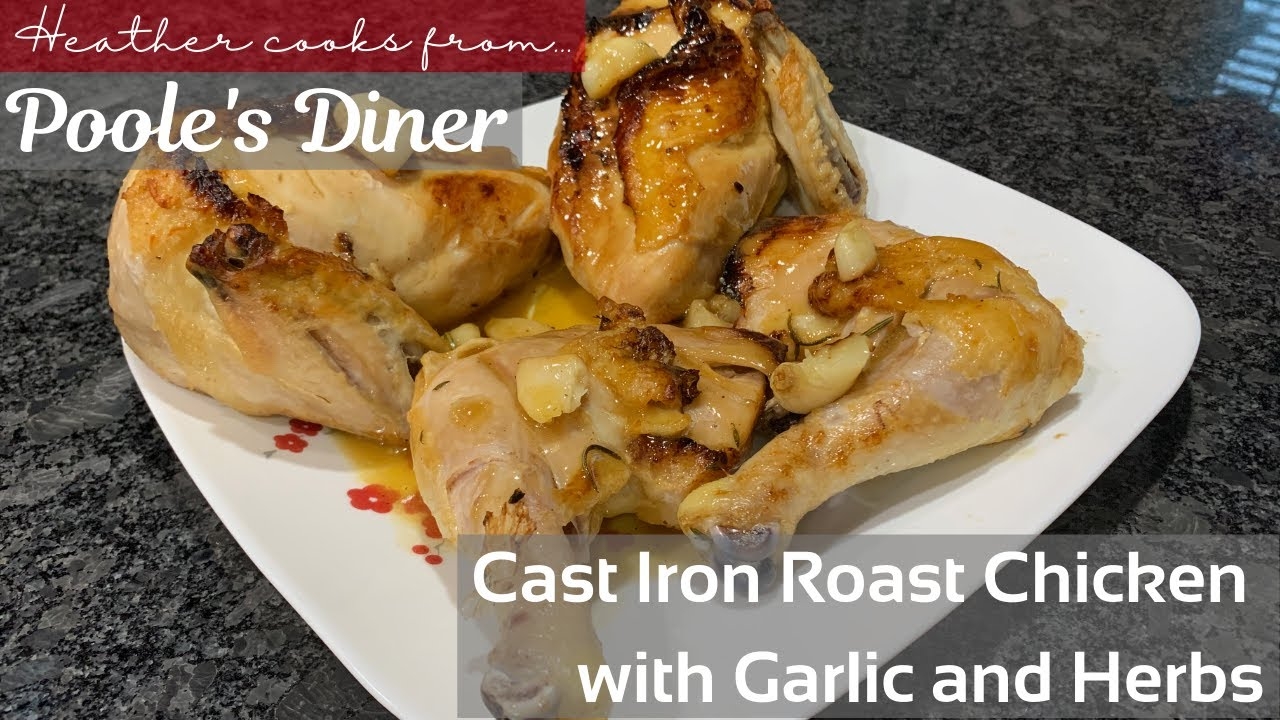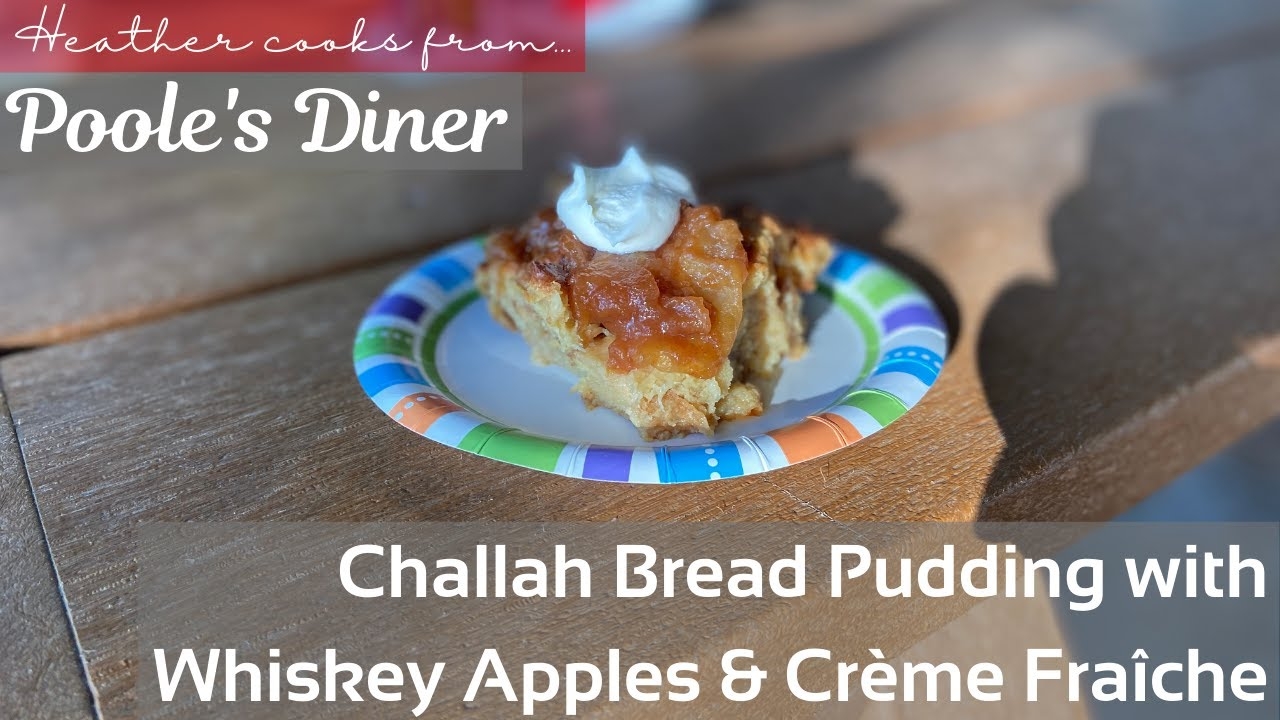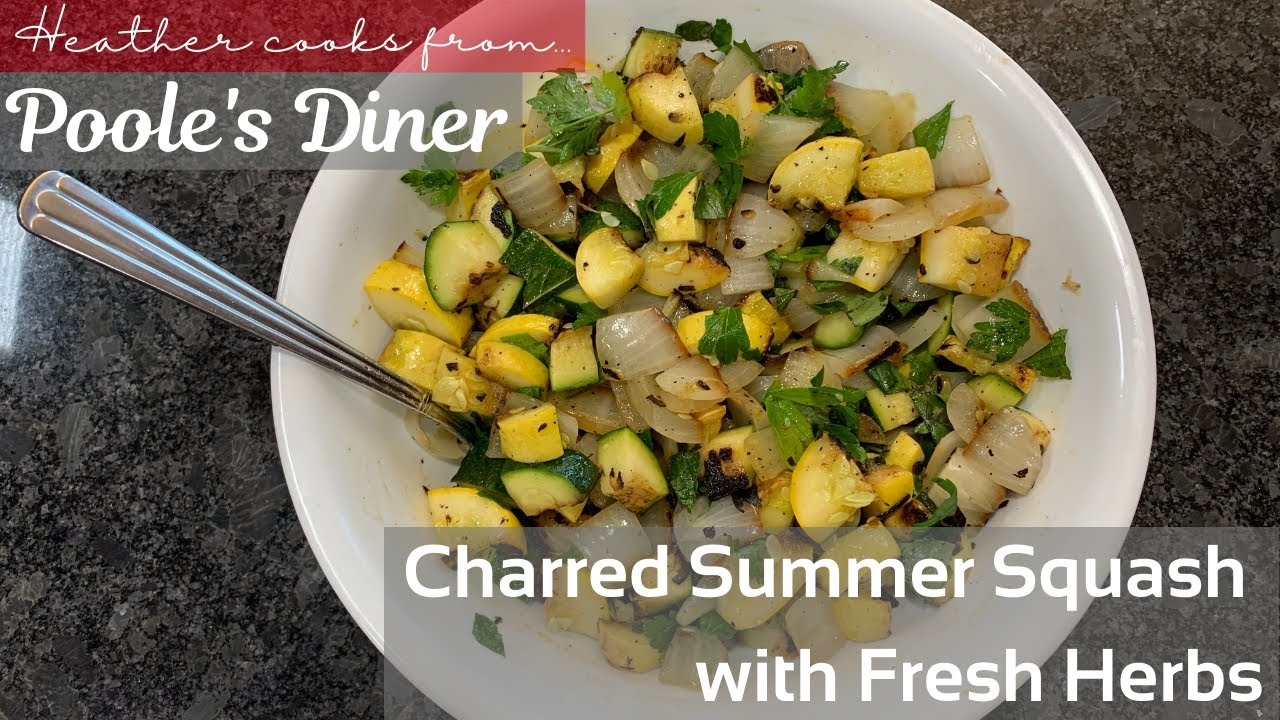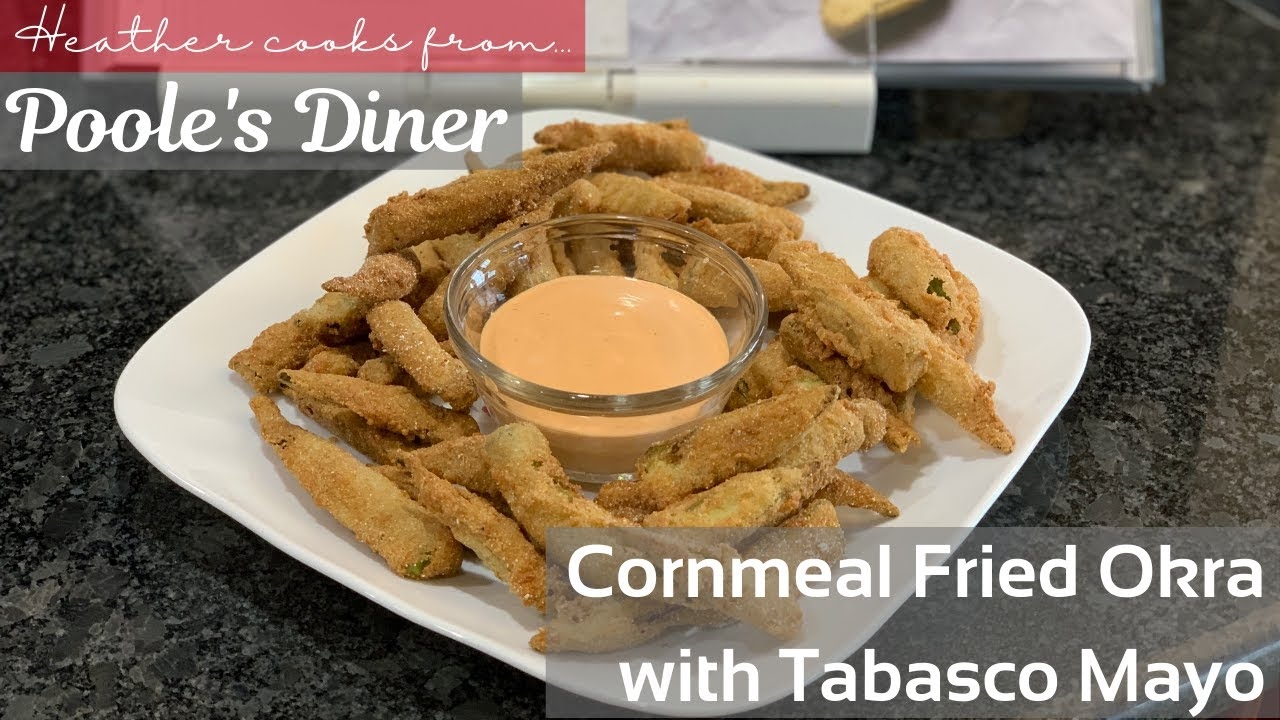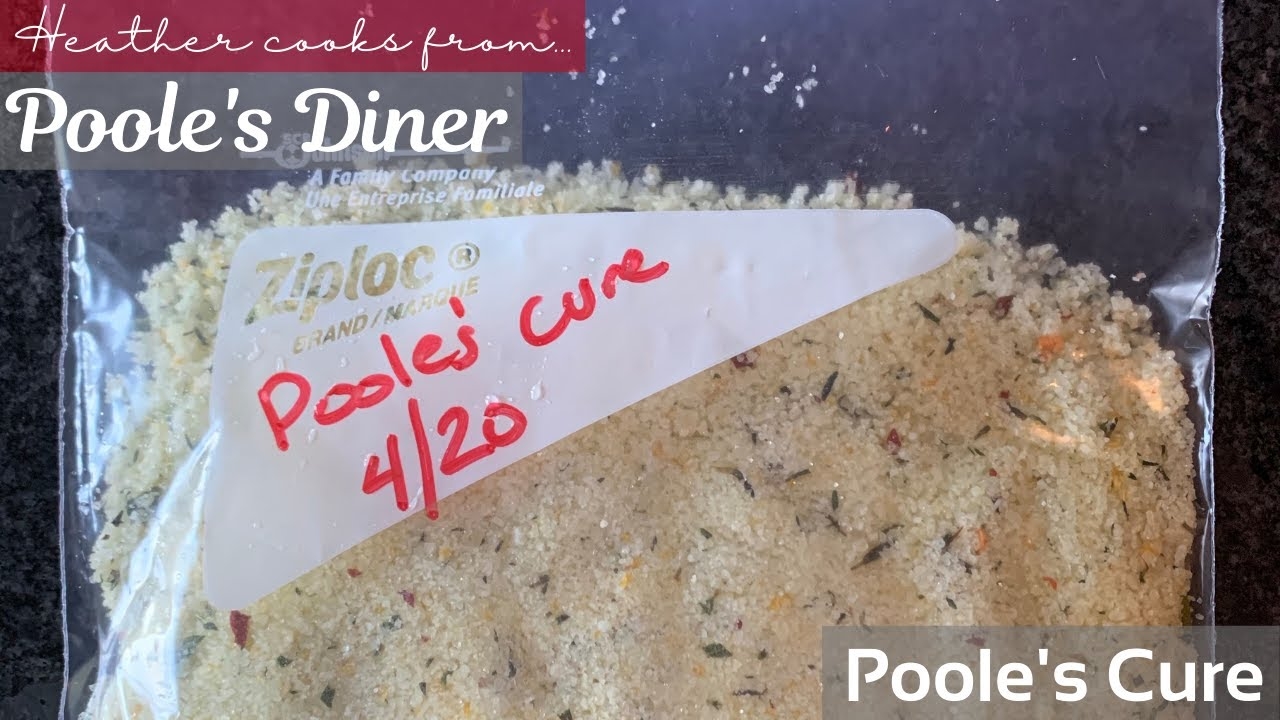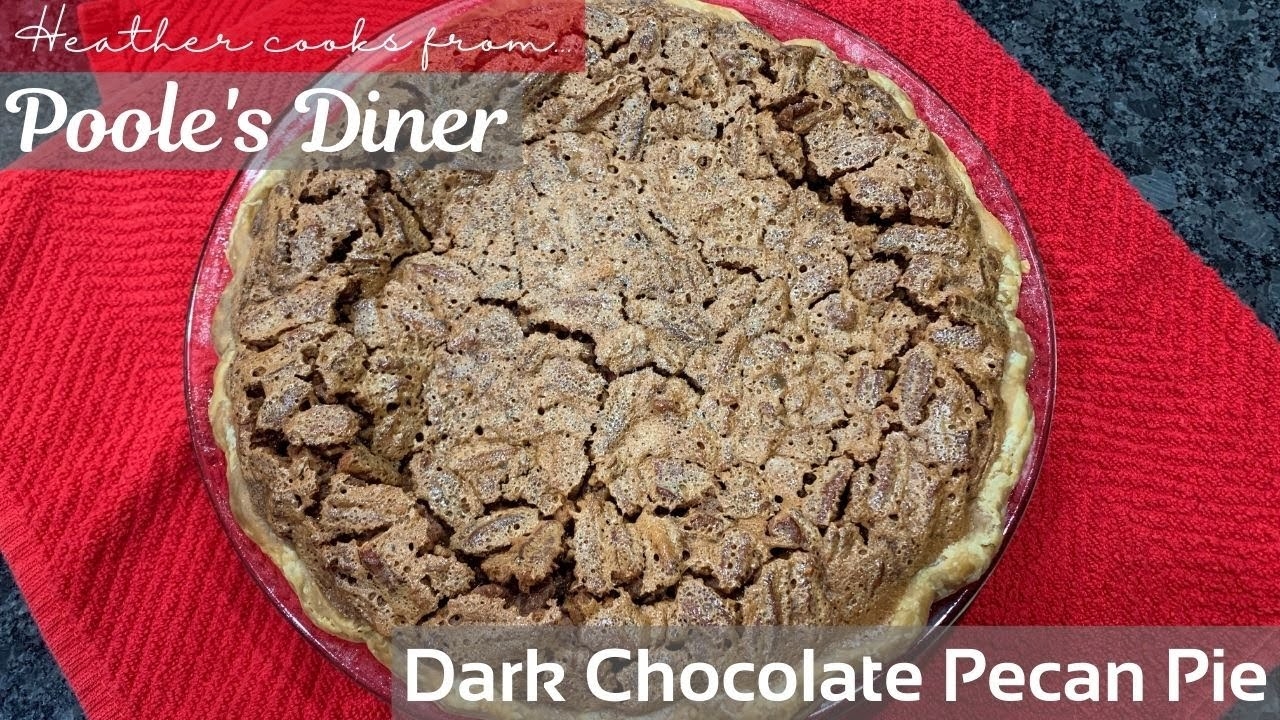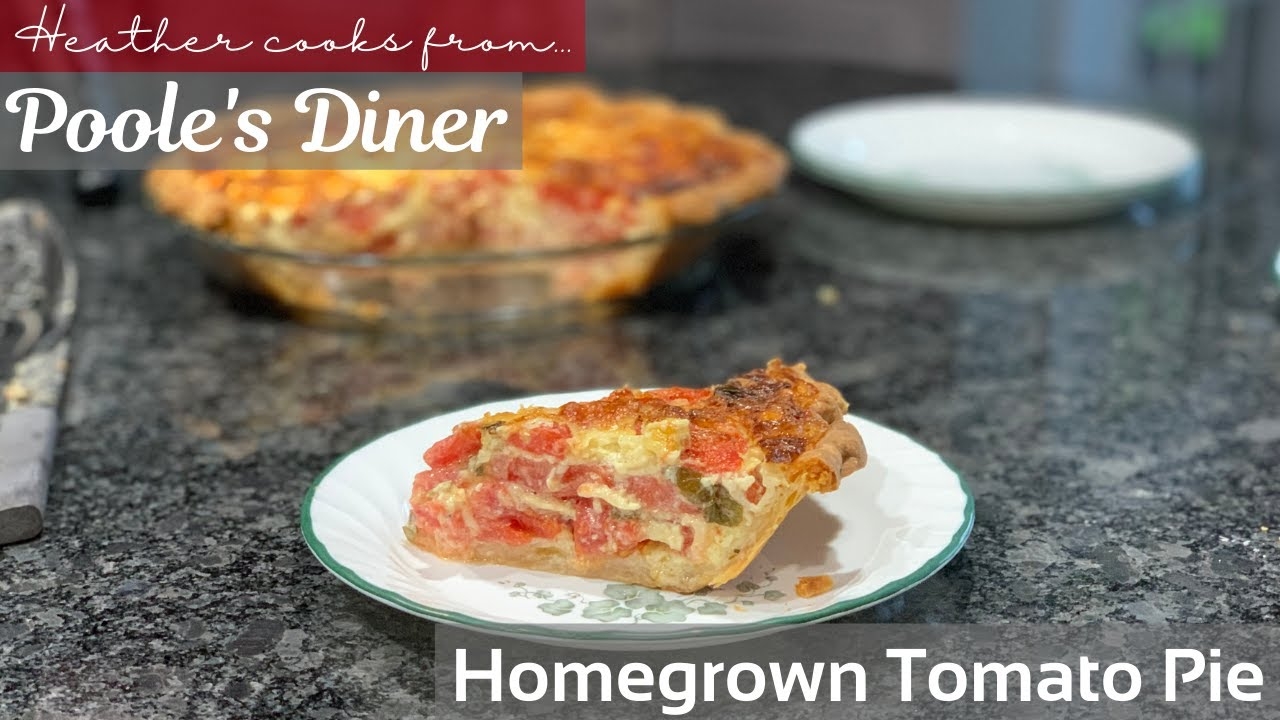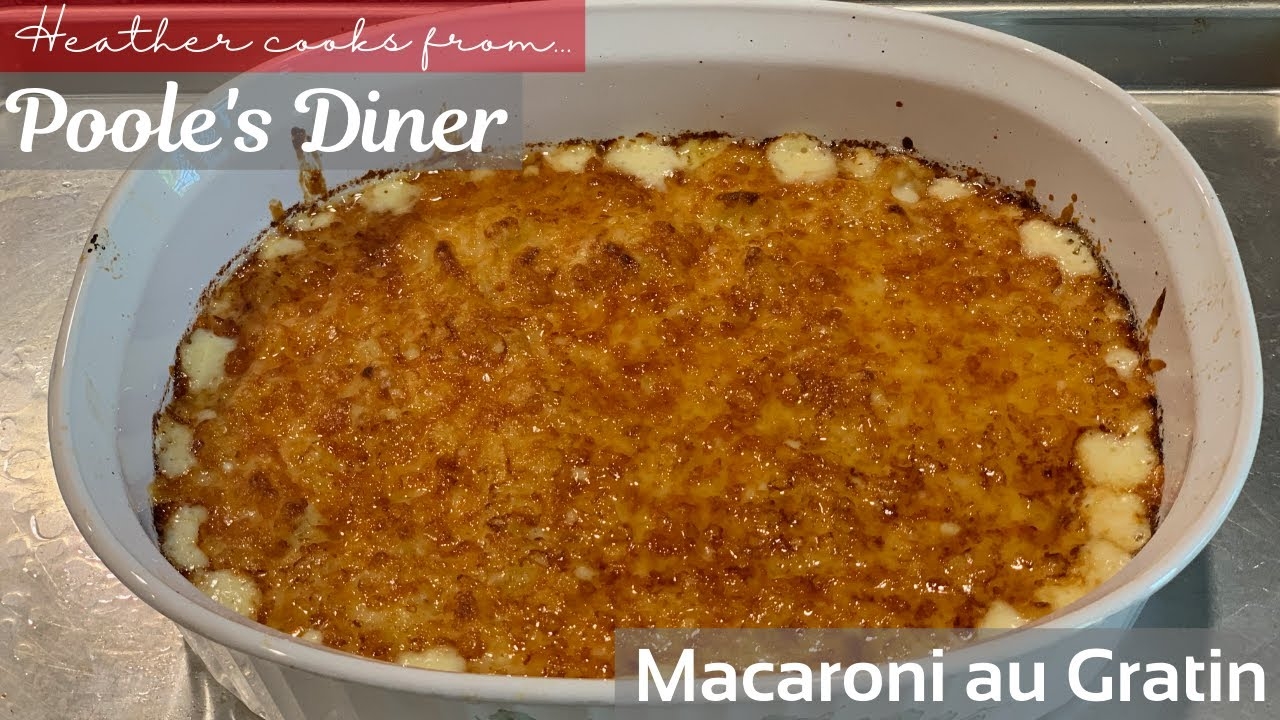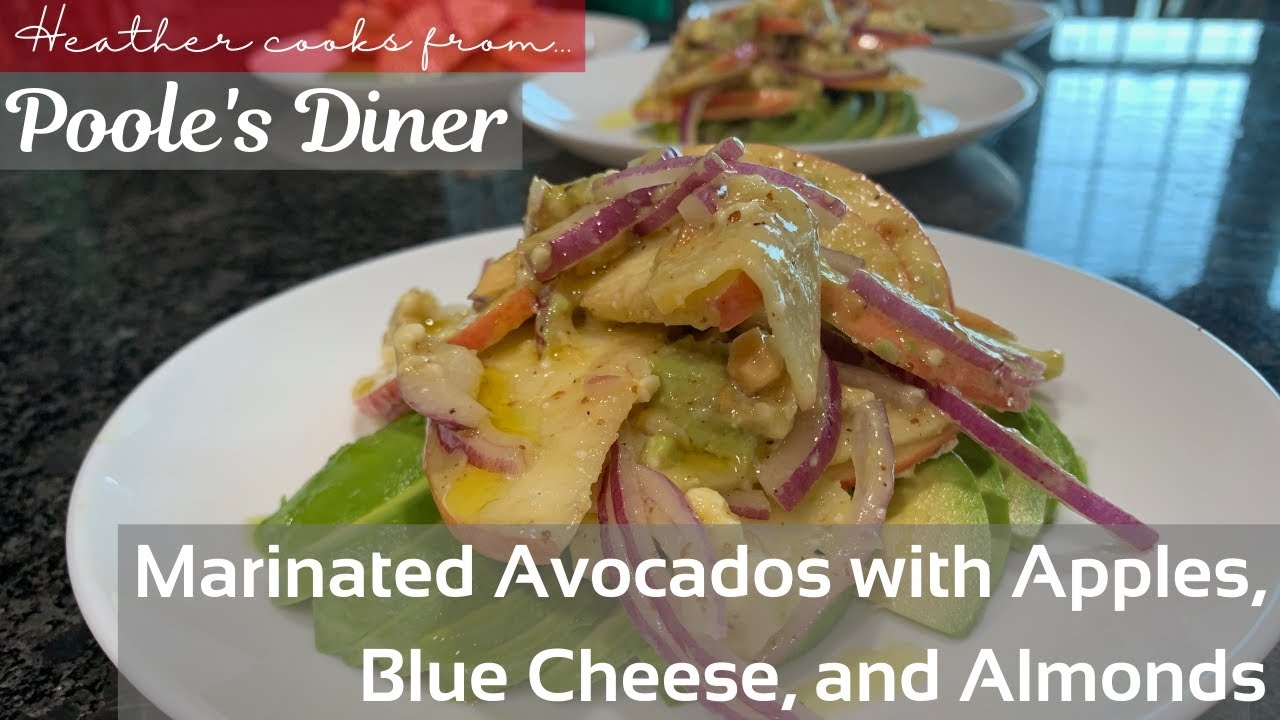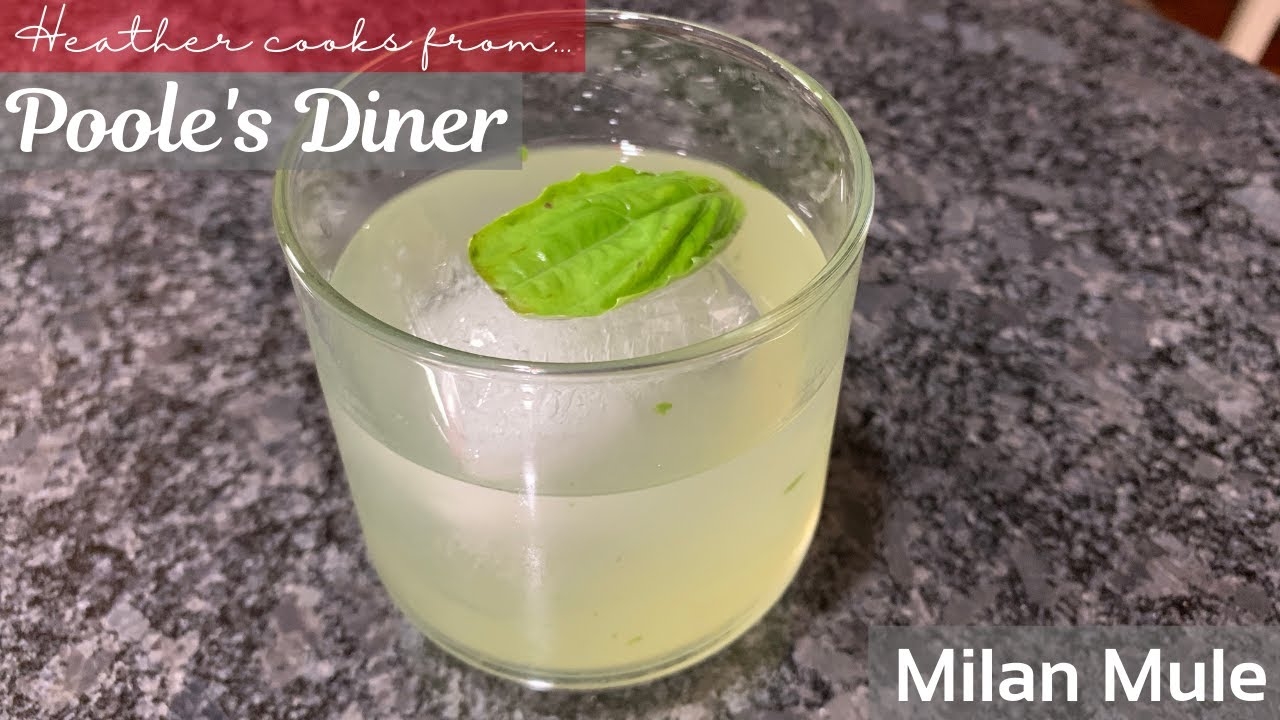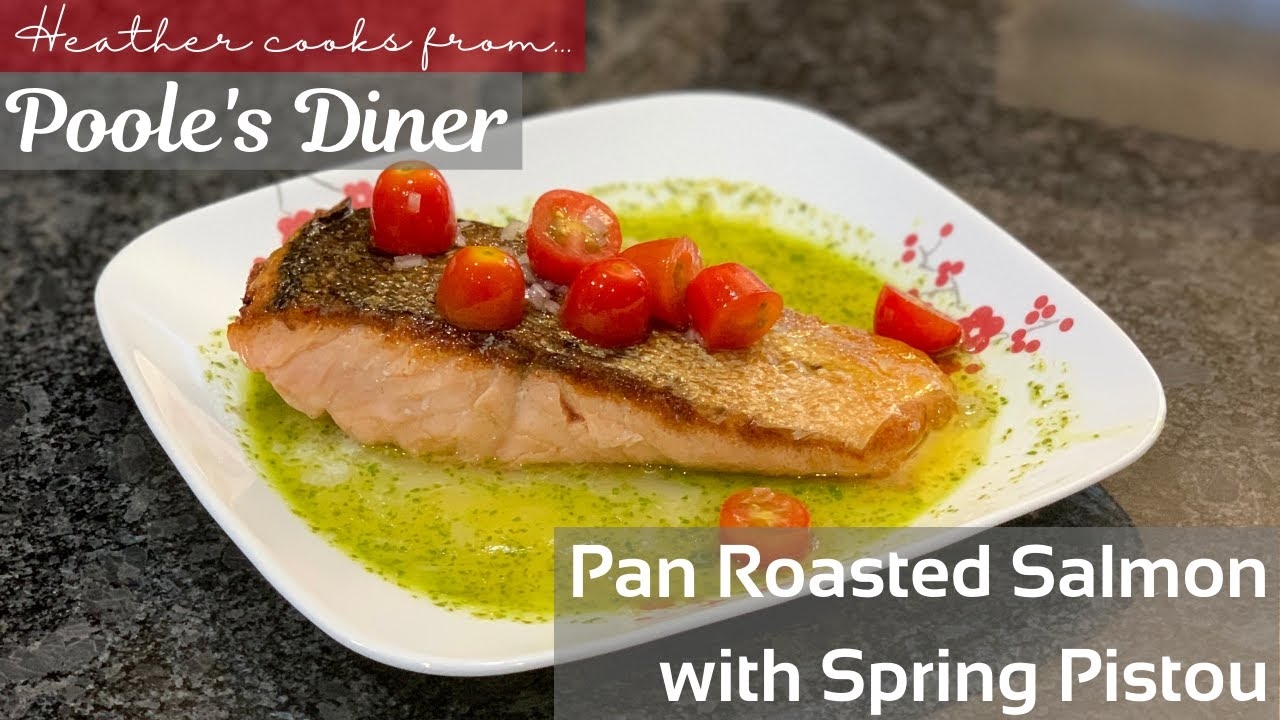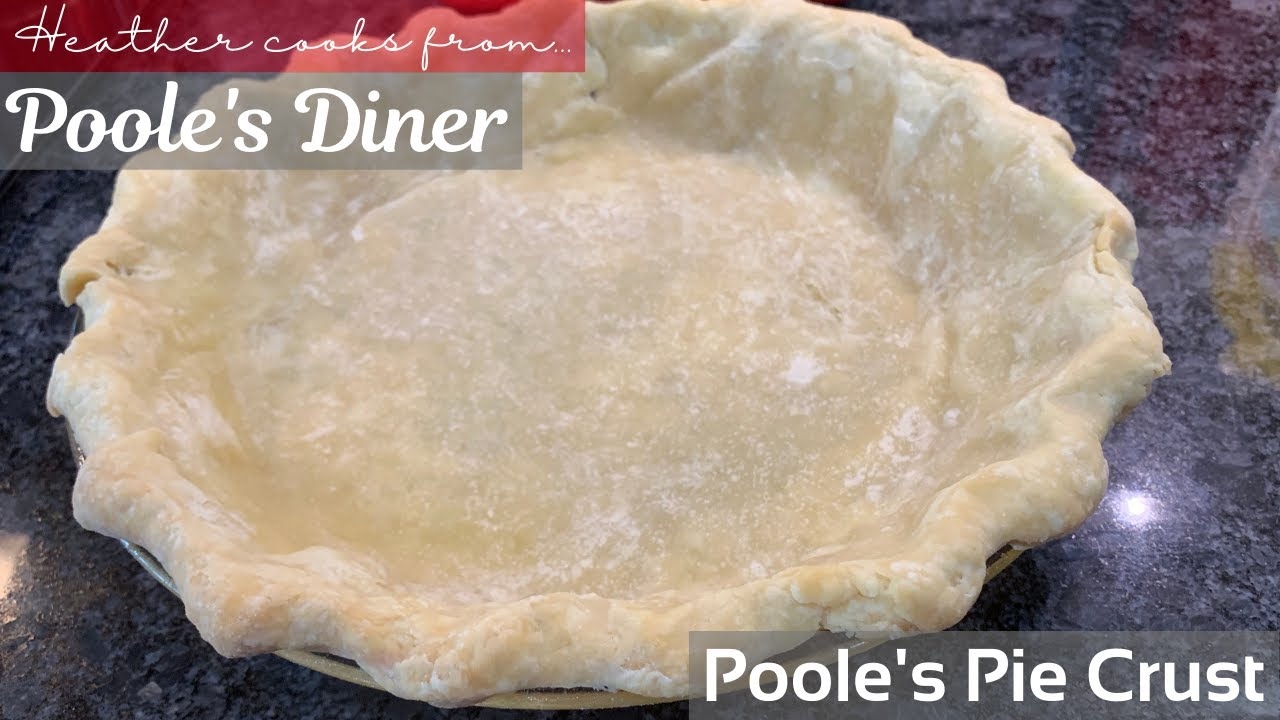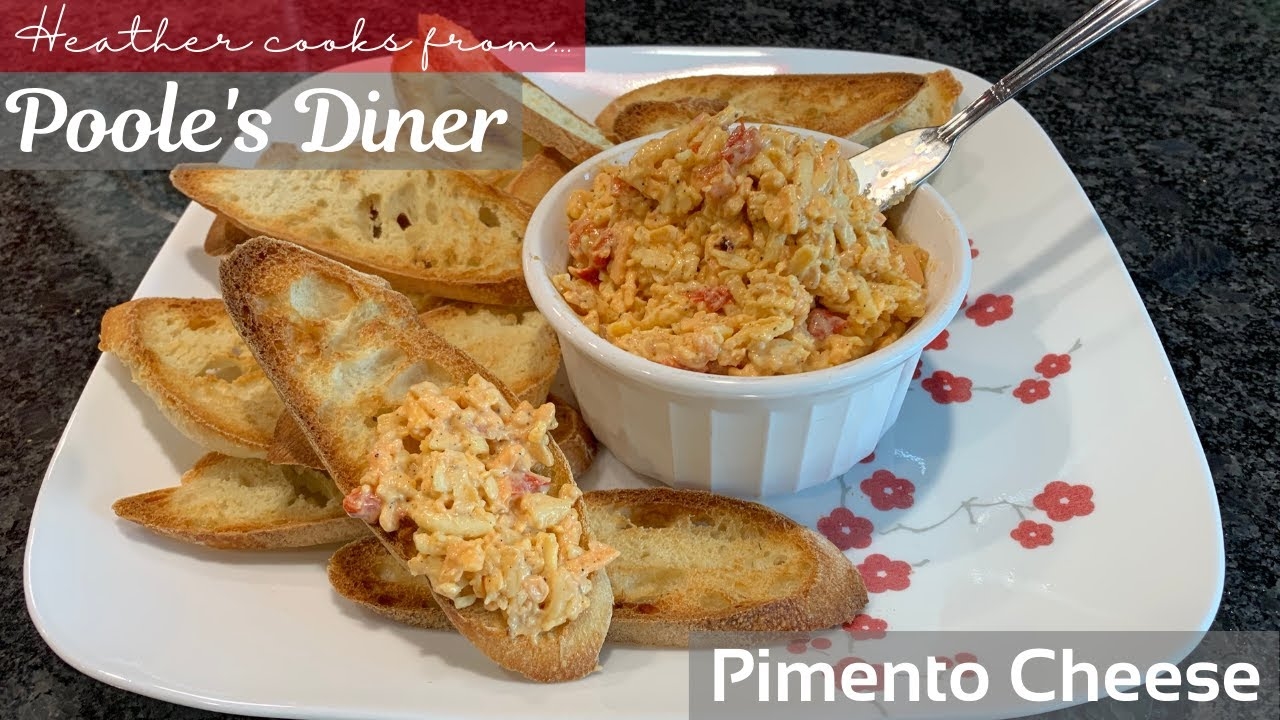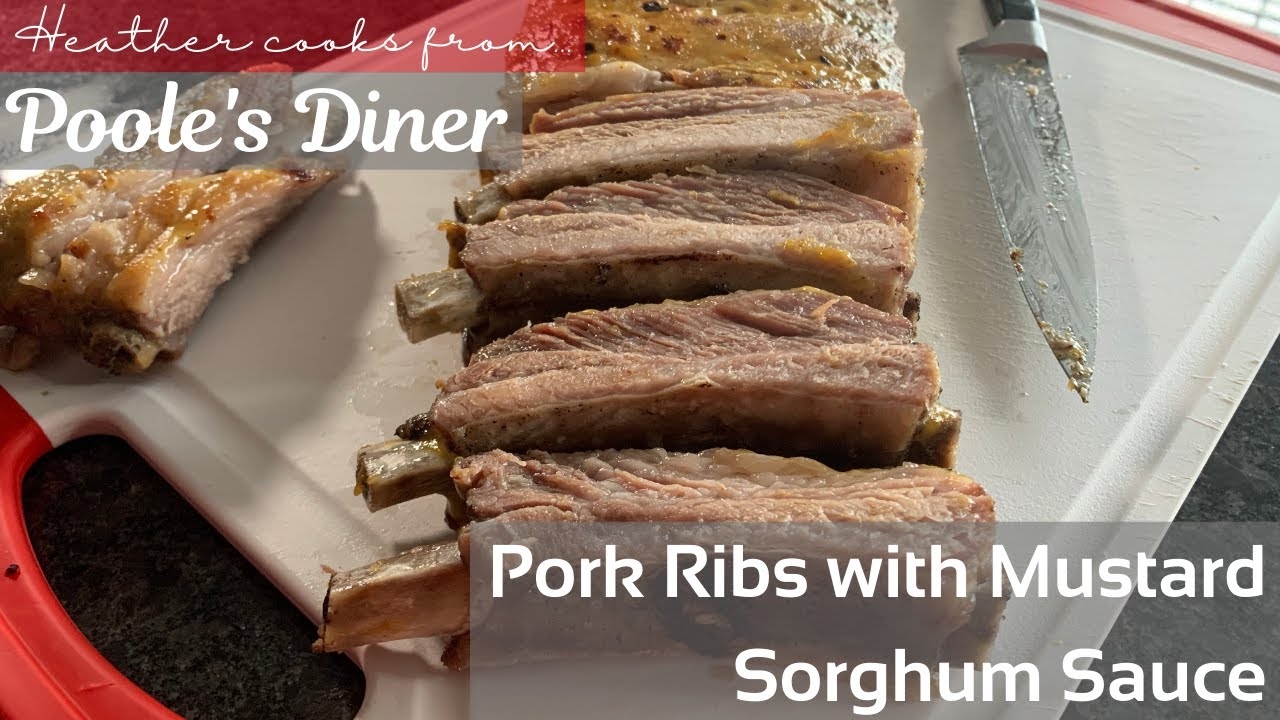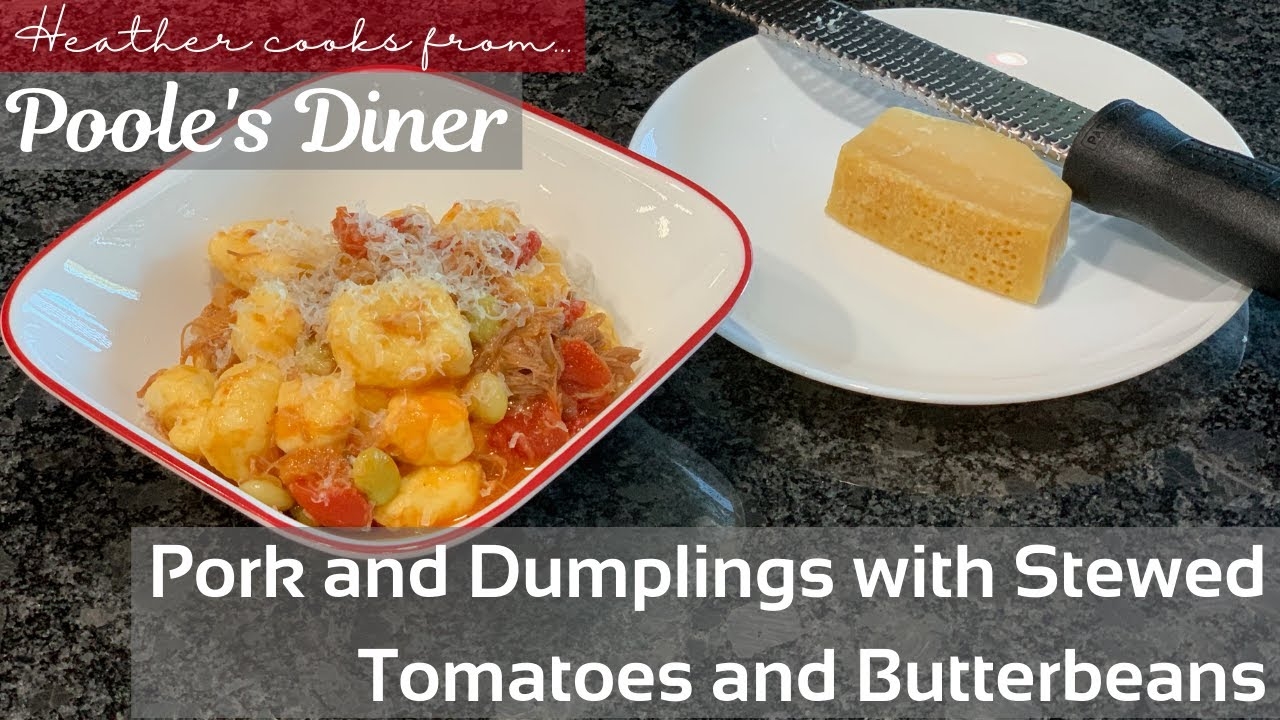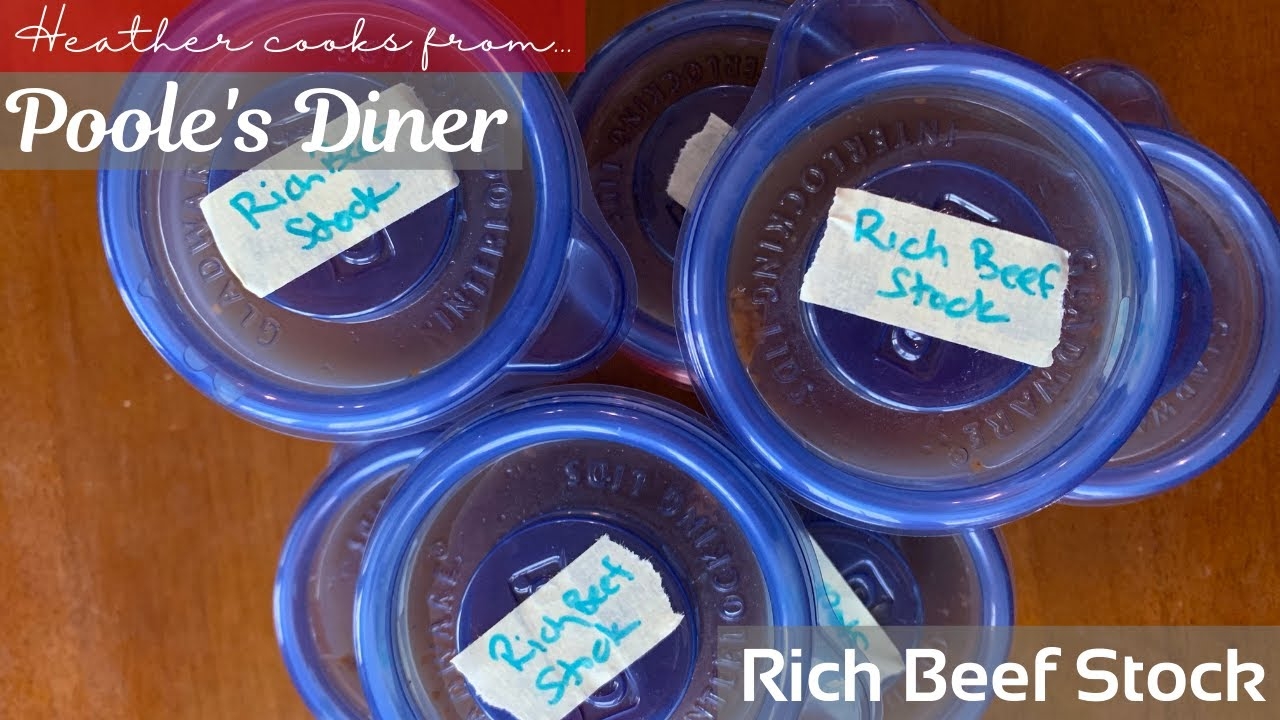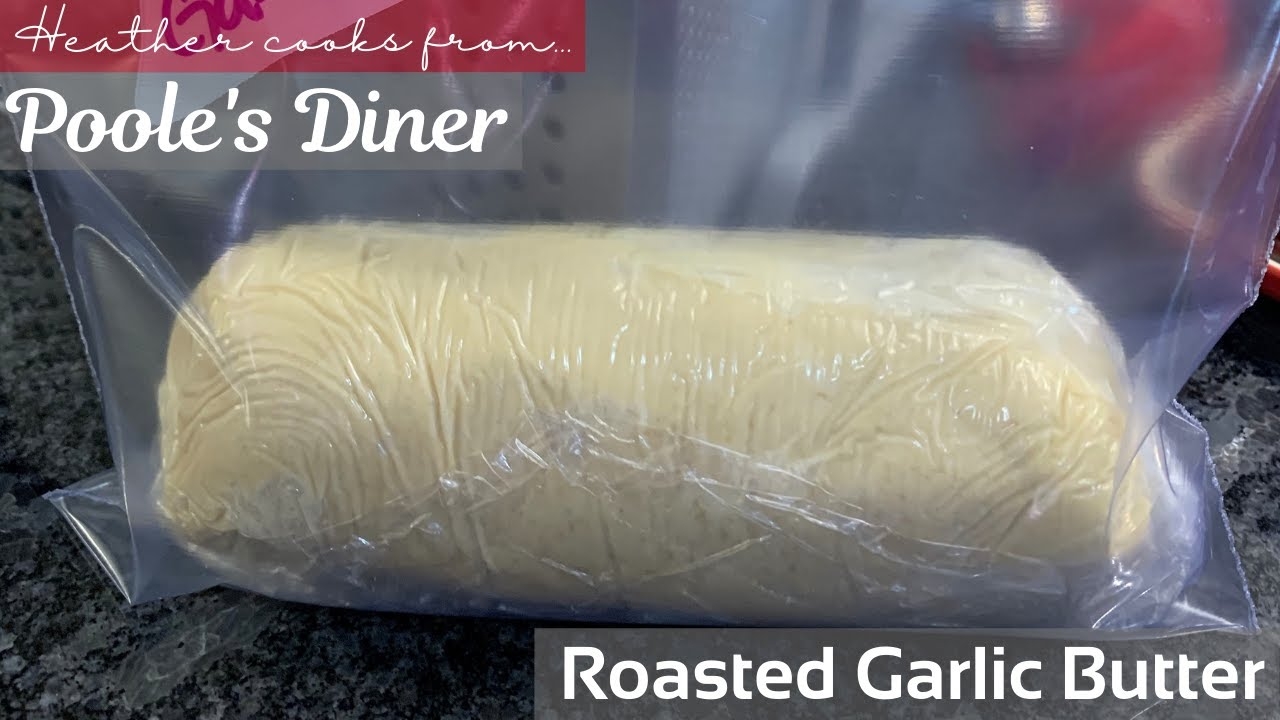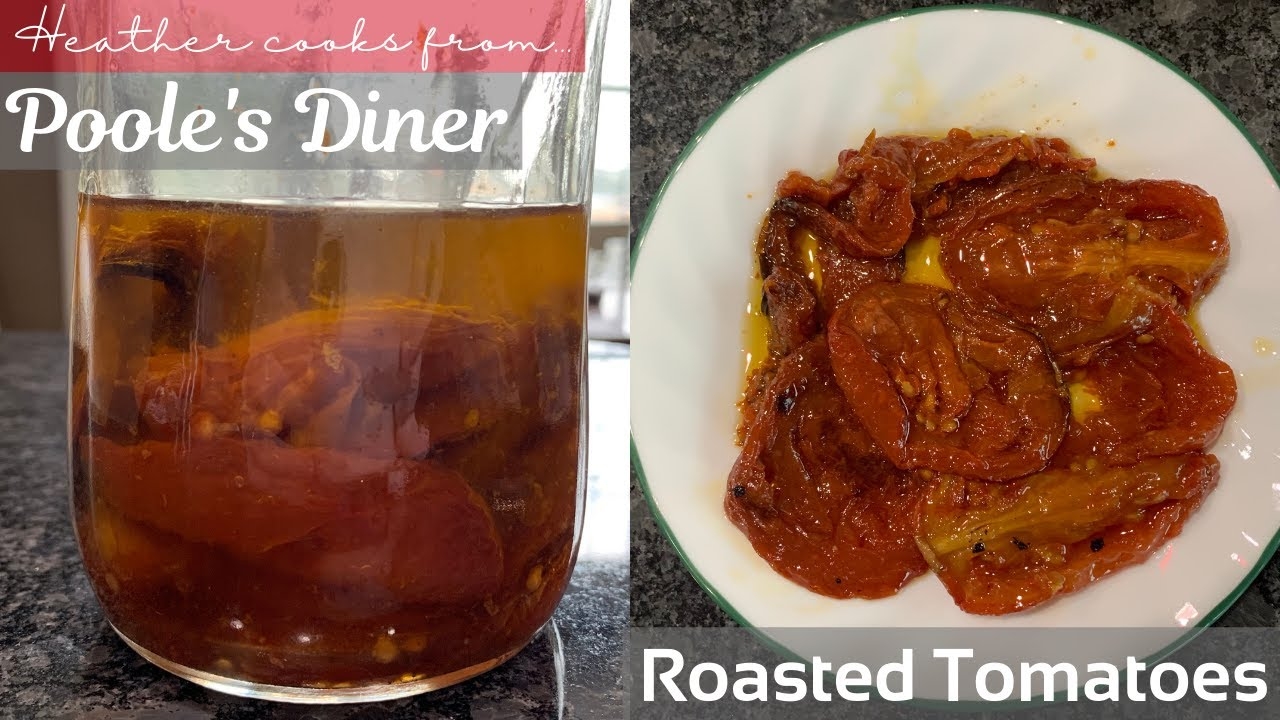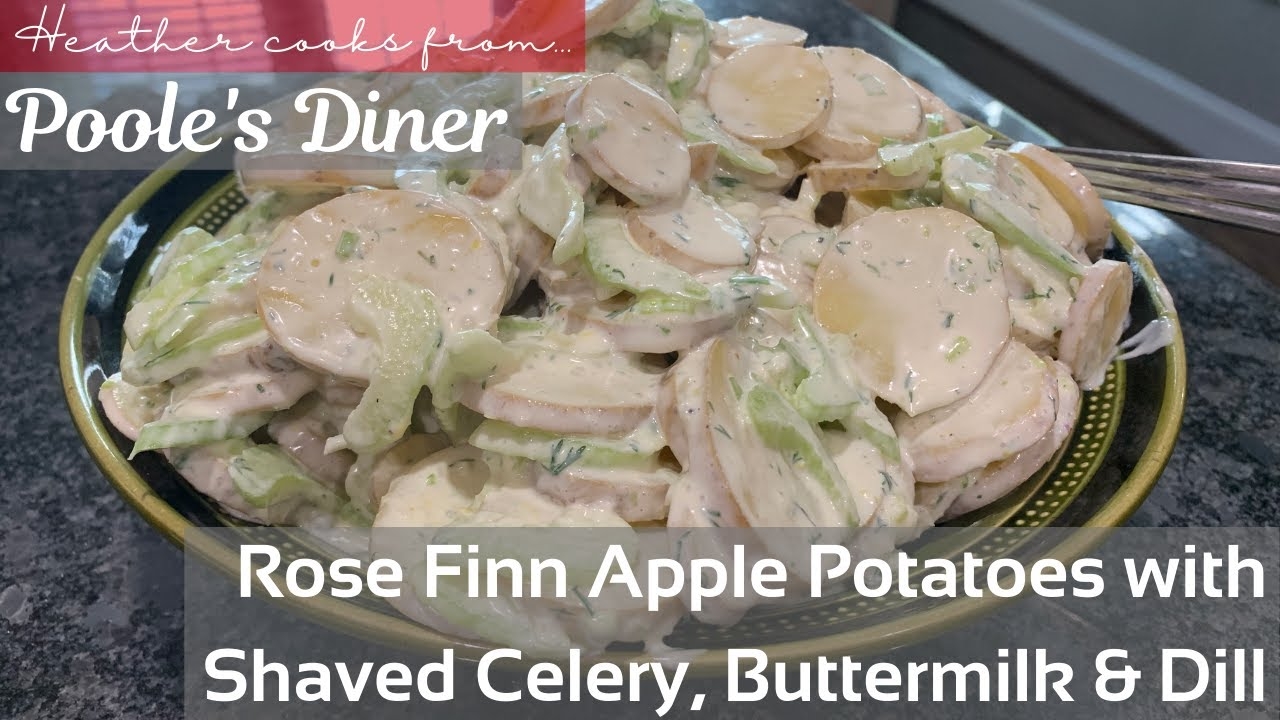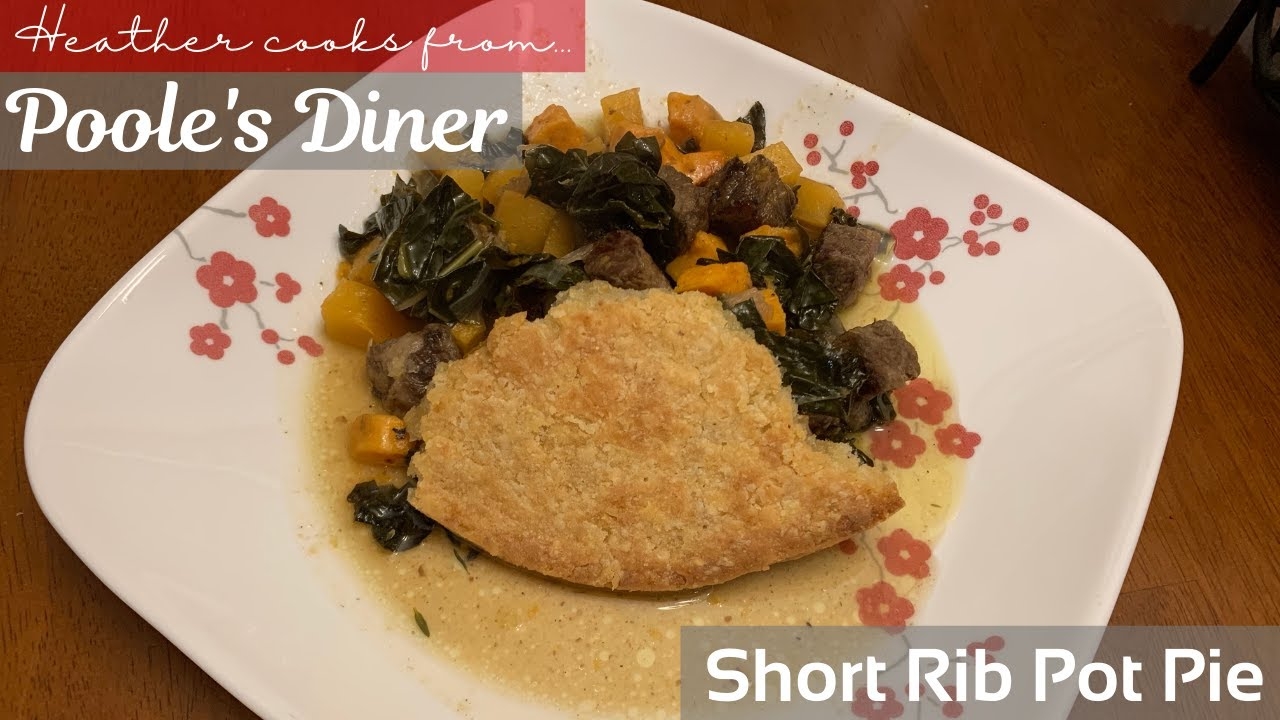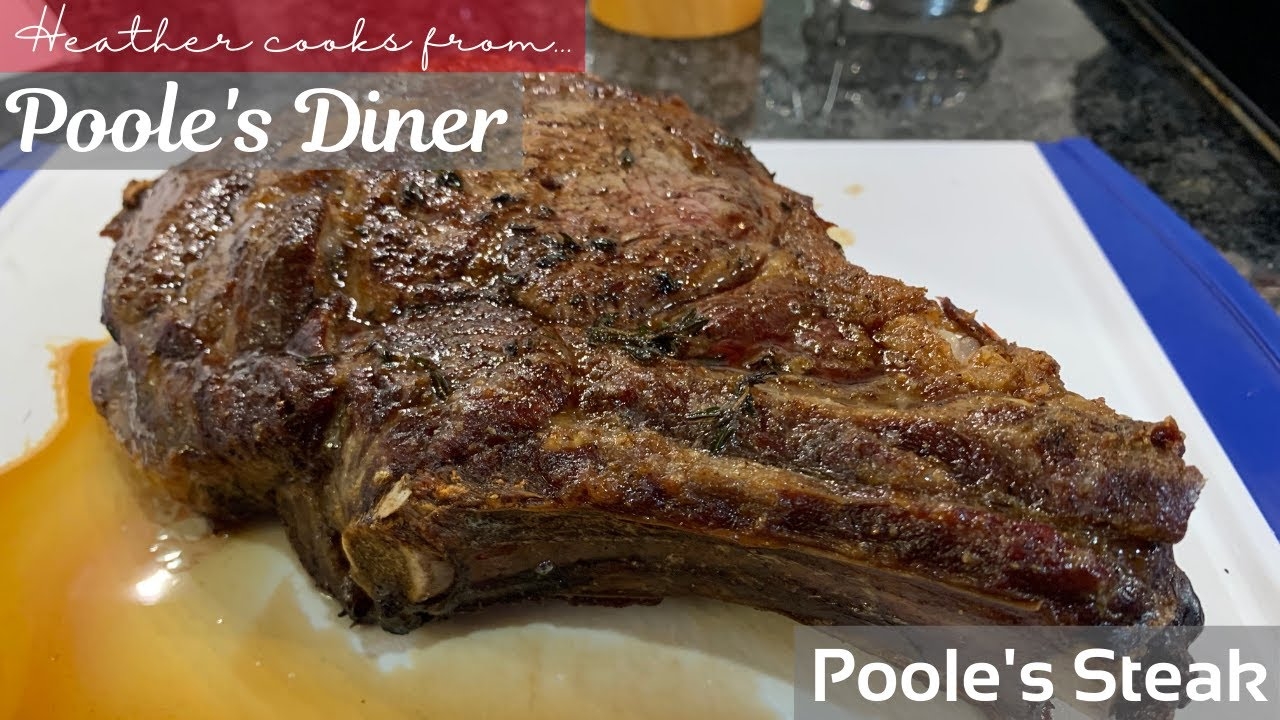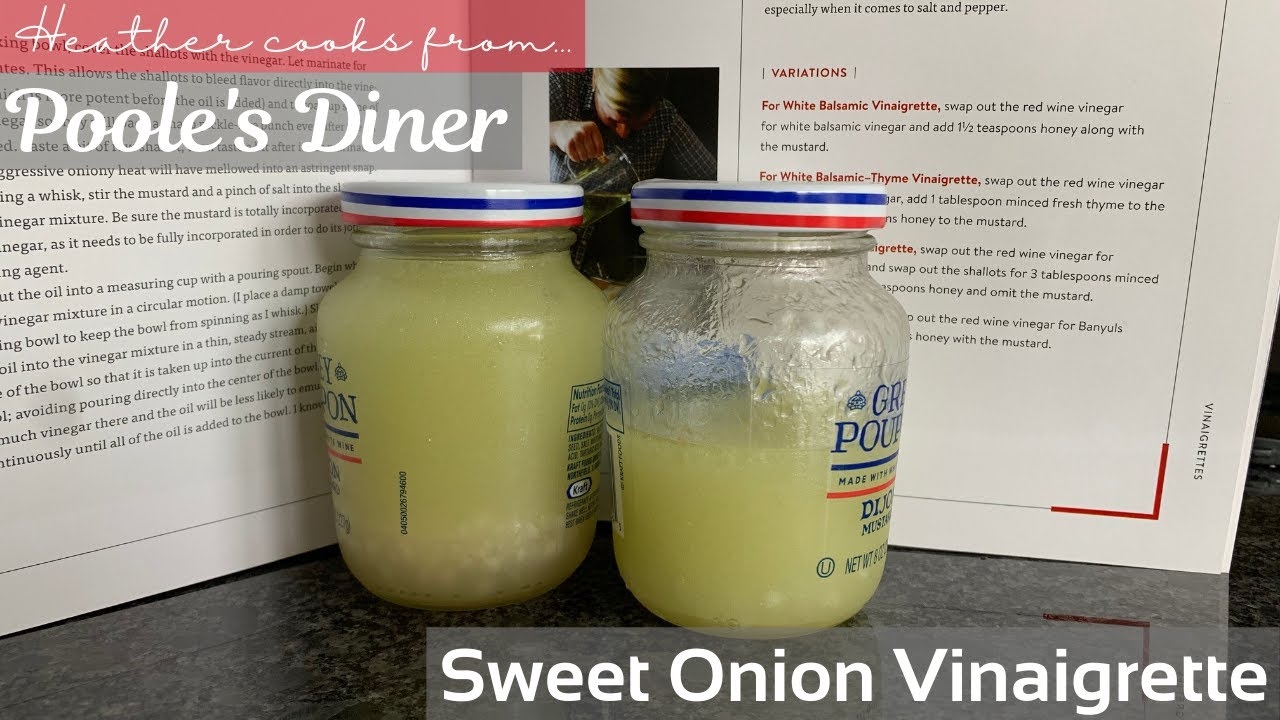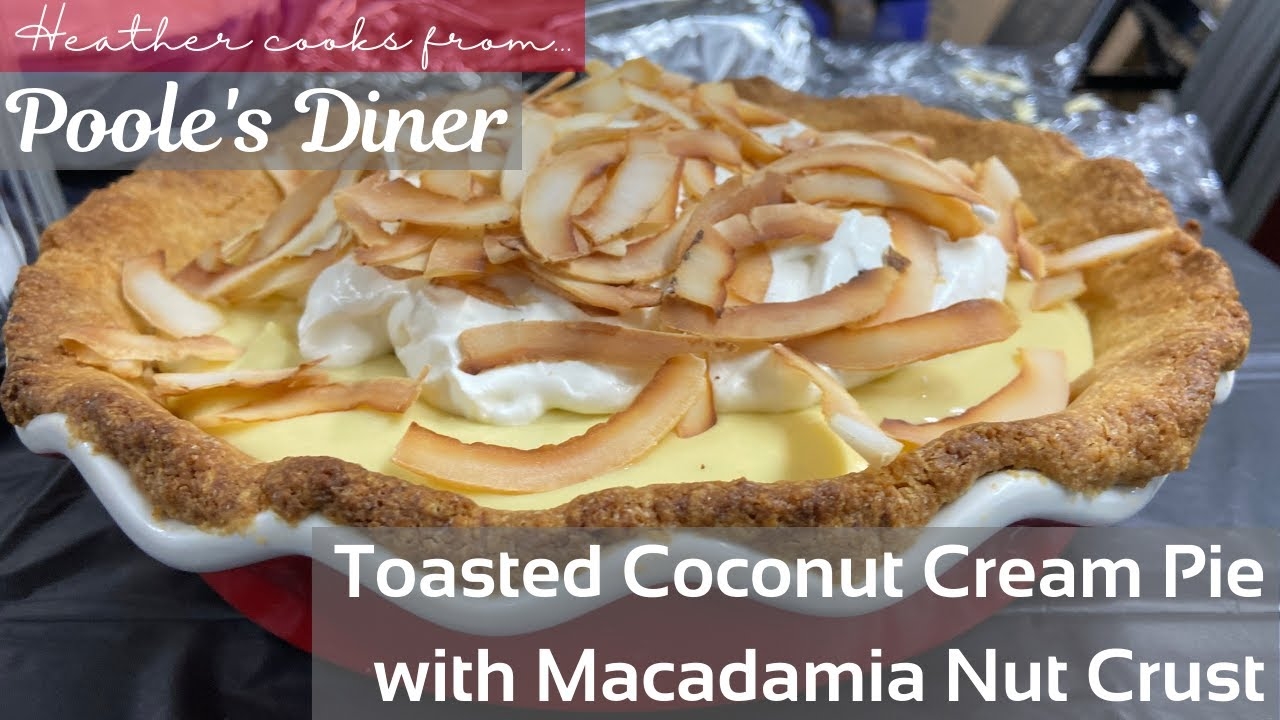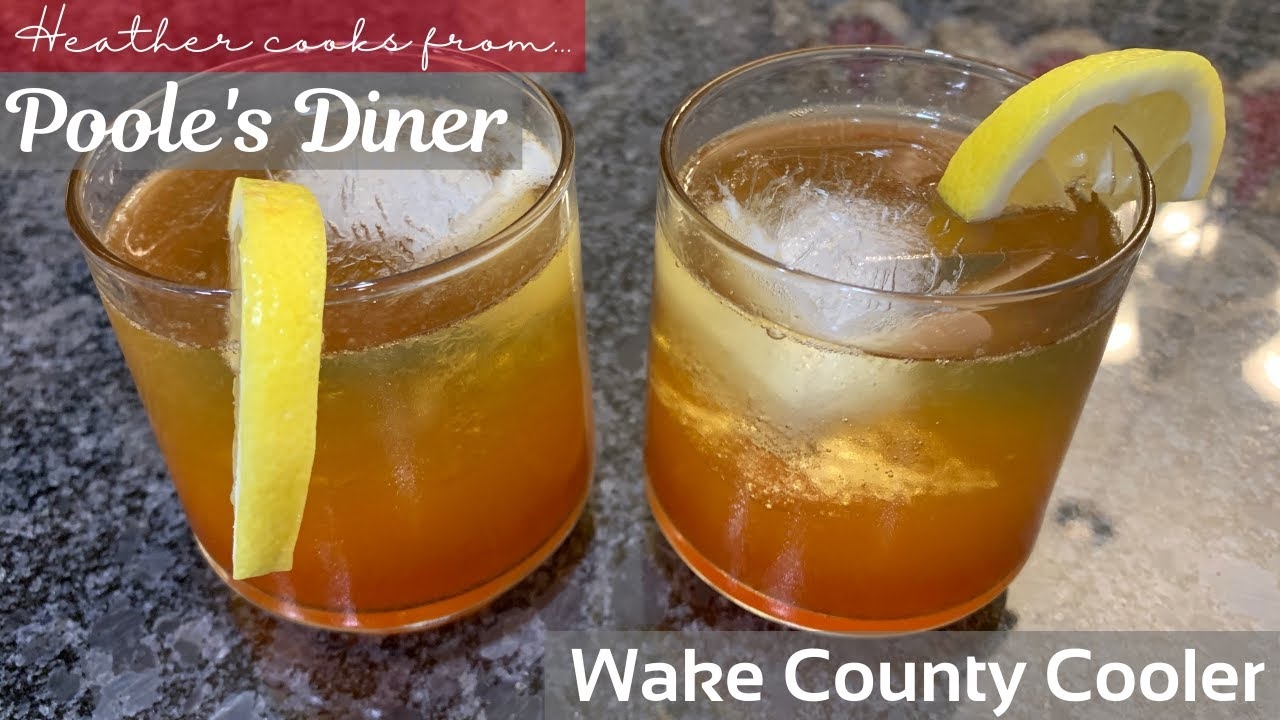Cookbook Review
Poole's: Recipes and Stories from a Modern Diner
This is the cookbook that started my YouTube channel. To be entirely fair, it was my husband's idea for us to record me cooking from all of the lovely cookbooks that I own, and it was a self-serving idea. He wanted to EAT all the delicious food way more often than I would cook it without the impetus of needing to record a video for the channel.
Poole's Diner is a local restaurant for us, and while we have eaten there many times, it's one that has been hard for us to get to for dinner for a while now. When we started this, we had small kids, and it's not a very child-friendly restaurant, especially for the younger ones. One time we took them, and my daughter looked very sad at the "fancy" food we ordered for her, even though it was just roast chicken! (Now she's a teenager and loves fancy food!) To go without them, at the time, meant a babysitter of some sort, and before the pandemic turned everyone's lives upside down, they did not take reservations. It was chancy at best, if you weren't lined up at opening time on a weekend.
So, we loved the food but couldn't eat there as often as we wanted. Enter: the cookbook. My ability to cook hasn't been the problem for quite some time, but finding the time and energy to do something different than the usual is. This cookbook made it possible for us to make our favorites, like the macaroni au gratin, and also to explore the menu items that we never got the chance to try in the restaurant.
TL;DR
Buy This Book If
- You love the restaurant and want to make their recipes at home
- You have a good base of cooking ability
Don't Buy This Book If
- You can't make on-the-fly recipe modifications if things don't quite work
- You get easily frustrated if a recipe has many components
The Pros
The best thing about this cookbook was that it showed us how to make some of our favorites from the restaurant. The macaroni au gratin is in our rotation now, and it's really much easier than I expected! There are several basic recipes, for pickle brines, meat cures, compound butters, condiments, and stocks. It also includes a lot of what the chef calls "back pocket" recipes, things you can use in many different ways in different recipes. These are things like vinaigrettes, charred onions, roasted tomatoes, marinated vegetables, and crème fraîche. They add something special to dishes in the book or you can use them for your work-week sandwiches, salads, or dinners.
The recipes also explain some techniques that can be easily adapted to accomodate the ingredients you might have on hand -- varying the herbs, using slightly different cuts of meat, or similar vegetables. I make a version of the charred summer squash pretty often throughout the summer, when I have some on hand and want to do something a little different than just roasted, grilled, or fried squash, but I rarely follow the recipe exactly.
While some of the recipes are pretty involved and take multiple "base" recipes to complete or several steps with long wait times in between, there are also a lot of really easy recipes! Poole's steak is something anyone could master, and it doesn't even take a long time. I was also happy that the pie crust recipe, something I am never happy to be making myself, makes enough for four single-crust pies, and you are encouraged to freeze whatever you don't use for another day.
The book includes recipes for all of the kinds of things the restaurant serves; snacks and appetizers, cocktails, salads, vegetables and sides, entrées, and desserts. It even includes resources for places to order some of the more difficult to find ingredients, so you don't have an excuse not to make something.
The Cons
The first thing I noticed, on the very first recipe we filmed from the book, was that there are some places where the instructions don't quite make sense, or don't translate well from what I assume are restaurant portions down to home use. These are not generally hard to find or fix,if you're an experienced cook.
The other big problem I had with this book is that some of the recipes are a whole lot of work. Like...a lot. I assume that, in a restaurant setting, using homemade stock for everything, mounting a sauce with compound butters, using homemade mayonnaise and crème fraîche, makes a lot more sense than at home. At least, in my home.
I do make stocks quite often, and I keep them frozen in varying portions for future use. Compound butters also keep well in the freezer, but not everything does. So, for me, often making one recipe means actually putting together three or four before I can even get started with the instructions for the thing I want to make!
A smaller problem with this book is that there are often ingredients that I have some trouble finding. Luckily, in these days of the internet, many things I can't find locally can be ordered online. And, the author even includes places to do so in the back of the book. This is not an insurmountable problem, but it does mean I have to plan ahead more than I often do.
So, while I would allow that some of the recipes are both easy and quick, most are not. The techniques are sometimes a little extra. They make for a more refined end product, but can be time consuming and unnecessary for my usual purposes. But if you want a restaurant quality meal at home, this cookbook can help with that for sure.
Must Make Recipes
- Macaroni au Gratin
- Cornmeal Fried Okra with Tabasco Mayo
- Watermelon with Avocado, Basil, Chevre and Sweet Onion Vinaigrette

